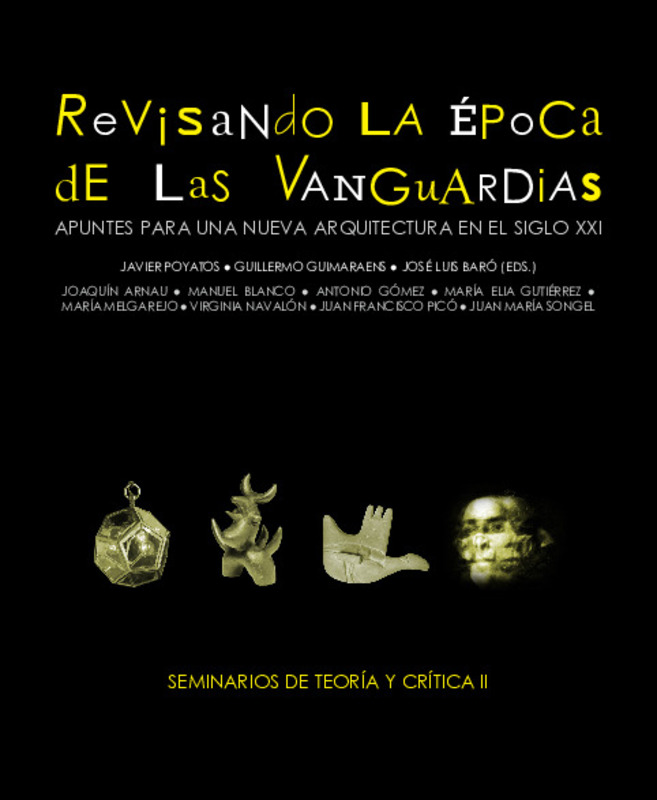|
[ES] Adolf Loos y Arnold Schoenberg mantuvieron una profunda y dilatada amistad que tuvo como telón de fondo el ambiente cosmopolita y decadente de la Viena tardo-imperial de principios del siglo XX. Hablamos de dos ...[+]
[ES] Adolf Loos y Arnold Schoenberg mantuvieron una profunda y dilatada amistad que tuvo como telón de fondo el ambiente cosmopolita y decadente de la Viena tardo-imperial de principios del siglo XX. Hablamos de dos rompedores con la tradición, precisamente en medio de la tradicionalista Viena. El sentimiento de afecto y admiración mutua forjaría entre ellos una cordial relación que sólo se extinguió con la muerte del arquitecto en 1933: Cuando muera –había dejado dicho a su discípulo Heinrich Kulka–, dile a Schoenberg que fue mi mejor amigo. El contacto continuado entre estos dos intelectuales de personalidad arrolladora favorecería el intercambio de principios y actitudes, todo y con los escenarios creativos tan disímiles en que se desenvolvieron como arquitecto y compositor, respectivamente. El texto que sigue pretende contextualizar sus ideas haciendo balance de algunas coincidencias y discrepancias. Este capítulo recoge parte de los contenidos del Seminario que bajo el título "Revisando la época de las Vanguardias. Apuntes para una nueva arquitectura en el siglo XXI" se celebró en la Universitat Politècnica de València del 27 de febrero al 10 de marzo de 2014.
[-]
[EN] Adolf Loos and Arnold Schoenberg maintained a deep and long-lasting friendship against the backdrop of the cosmopolitan and decadent atmosphere of late-imperial Vienna at the beginning of the 20th century. We are ...[+]
[EN] Adolf Loos and Arnold Schoenberg maintained a deep and long-lasting friendship against the backdrop of the cosmopolitan and decadent atmosphere of late-imperial Vienna at the beginning of the 20th century. We are talking about two breakers with tradition, precisely in the midst of traditionalist Vienna. The feeling of affection and mutual admiration would forge between them a cordial relationship that was only extinguished with the death of the architect in 1933: When I die - he had told his disciple Heinrich Kulka - tell Schoenberg that he was my best friend. The continued contact between these two intellectuals of overwhelming personality would favor the exchange of principles and attitudes, all and with the very dissimilar creative scenarios in which they developed as architect and composer, respectively. The following text aims to contextualize their ideas by taking stock of some coincidences and discrepancies. This chapter includes part of the contents of the Seminar entitled "Revisiting the Age of the Avant-Garde. Notes for a new architecture in the 21st century" was held at the Universitat Politècnica de València from February 27 to March 10, 2014.
[-]
|







